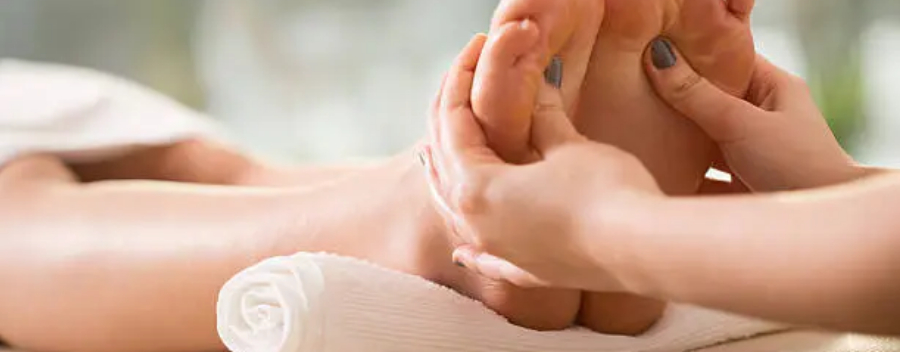Origin of Reflexology
In the world of alternative therapies and holistic healing, reflexology stands as a fascinating practice that has captured the curiosity of many. The art of reflexology, often associated with foot massages and pressure points, traces its origins back to ancient civilizations that recognized the connection between the feet and the overall well-being of the body. Let’s delve into the intriguing history and origins of reflexology, exploring how this practice has evolved over time.
Ancient Roots
The roots of reflexology can be found in various cultures and civilizations throughout history. While the exact origin is difficult to pinpoint, evidence suggests that reflexology-like practices existed in ancient Egypt, China, India, and Native American cultures. These societies recognized the interconnectedness of the body and believed that applying pressure to specific points on the feet, hands, and ears could have a positive impact on overall health and energy flow.
Ancient Egypt: Historical records indicate that the ancient Egyptians practiced foot massages as a therapeutic technique. In fact, illustrations found on the walls of tombs and temples depict scenes of individuals receiving foot treatments, suggesting that reflexology-like practices were well-established in this civilization.
China and India: Traditional Chinese medicine and Ayurveda, the ancient Indian system of medicine, both acknowledge the concept of energy channels or meridians that run through the body. These systems emphasize the importance of balancing energy flow to maintain health. Reflexology aligns with these ideas by focusing on specific points that correspond to different organs and systems in the body.
Development in Modern Times
Although the ancient civilizations laid the foundation for reflexology, the modern form of the practice as we know it today began to take shape in the early 20th century. It was Dr. William H. Fitzgerald, an American ear, nose, and throat specialist, who coined the term “zone therapy” in the early 1900s. He divided the body into ten longitudinal zones and discovered that applying pressure to specific points in one zone could alleviate pain and discomfort in another.
Eunice Ingham, a nurse and physiotherapist, further developed Dr. Fitzgerald’s theories by mapping out the entire body on the feet. She is often referred to as the “Mother of Reflexology” and is credited with popularizing the practice. Ingham’s work led to the creation of reflexology charts that illustrate the reflex points on the feet and their corresponding organs and systems.
Modern Reflexology
Today, reflexology has evolved into a respected alternative therapy practiced around the world. Reflexologists use various techniques, including finger pressure, thumb kneading, and massage, to stimulate specific points on the feet, hands, and ears. The underlying principle remains the same: by applying pressure to these points, practitioners aim to promote relaxation, improve circulation, and support the body’s natural healing processes.
Conclusion
The art of reflexology has a rich history that spans ancient civilizations and continues to captivate individuals seeking natural ways to enhance their well-being. From its origins in ancient Egypt, China, and India to its development in modern times by pioneers like Dr. Fitzgerald and Eunice Ingham, reflexology has come a long way. As we embrace its therapeutic benefits today, we also pay homage to the wisdom of those who recognized the powerful connections between our feet and the holistic health of our bodies.

